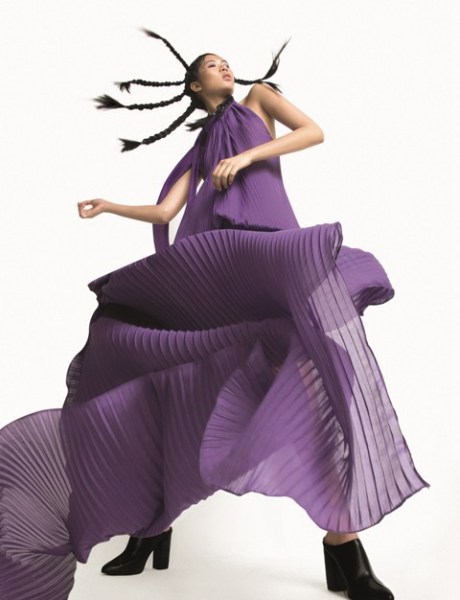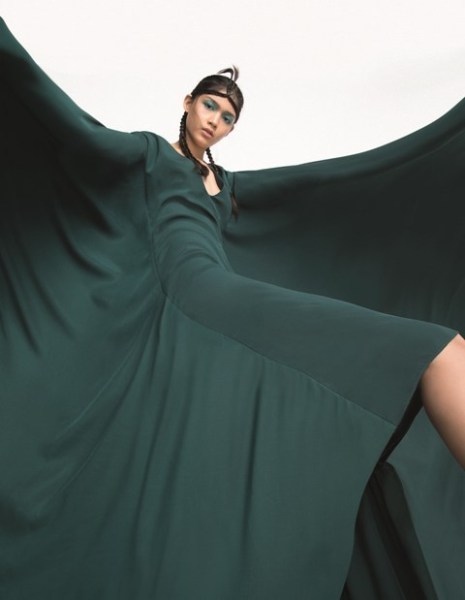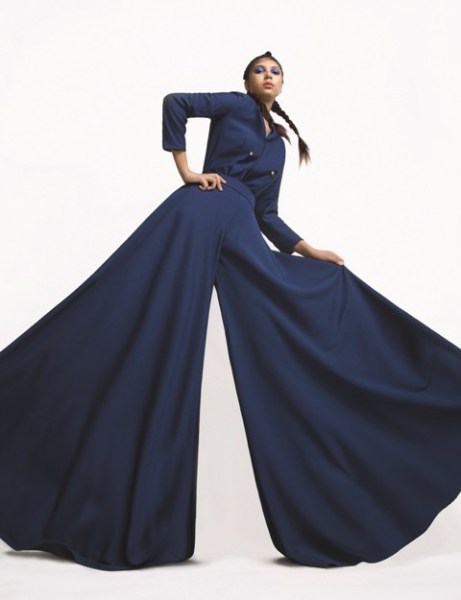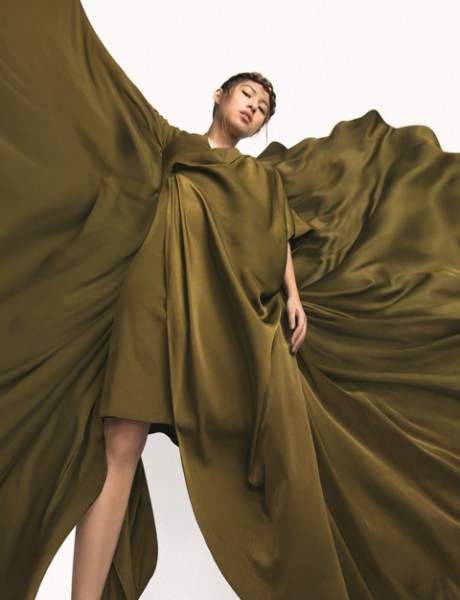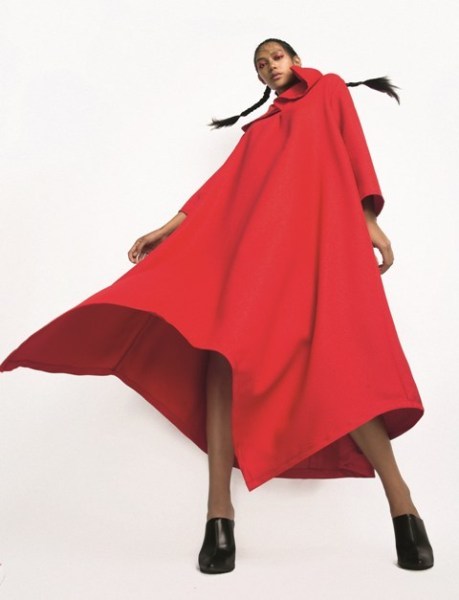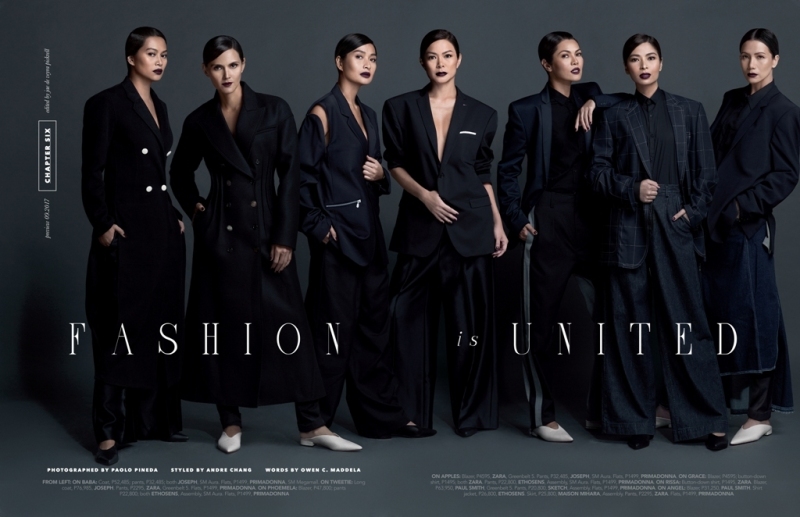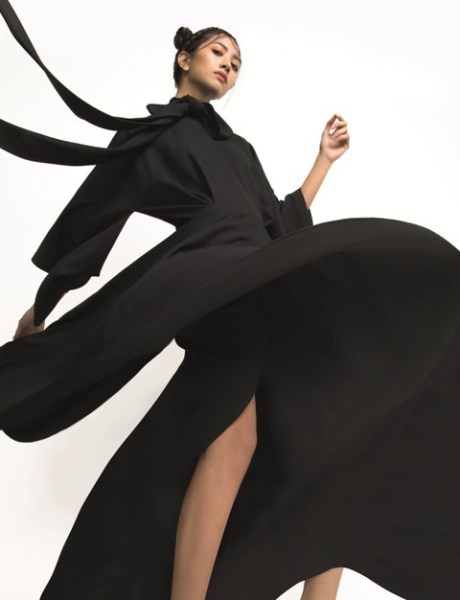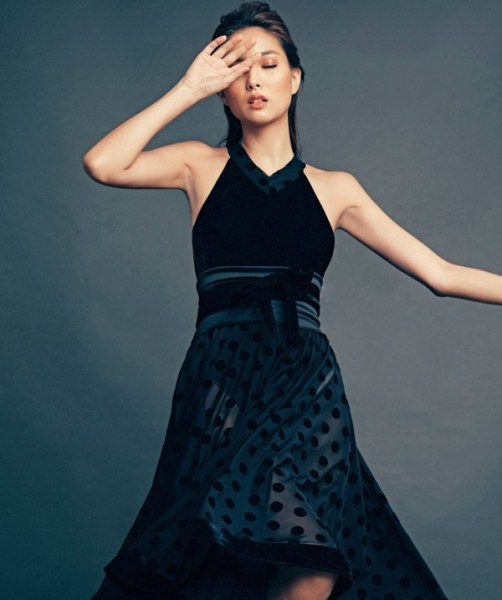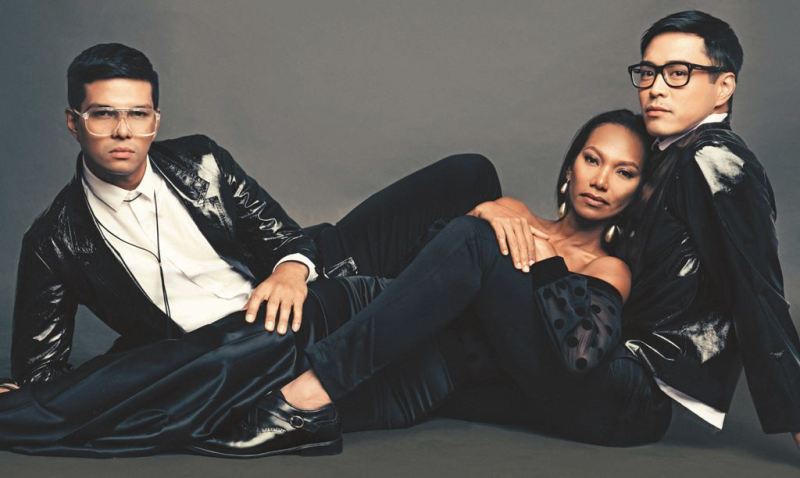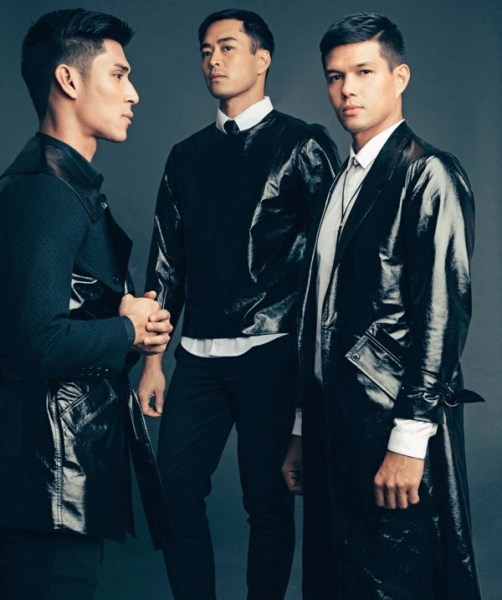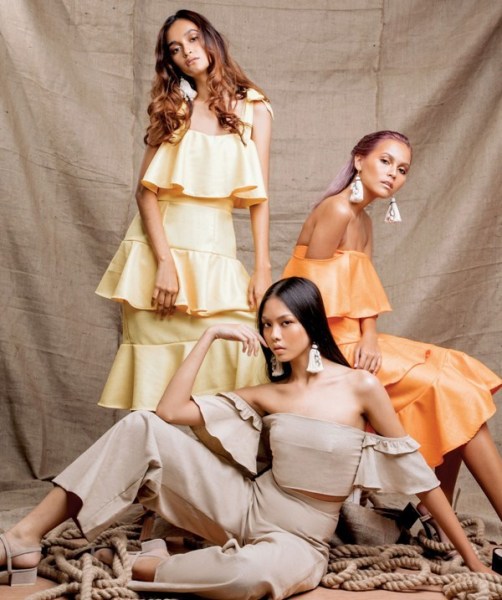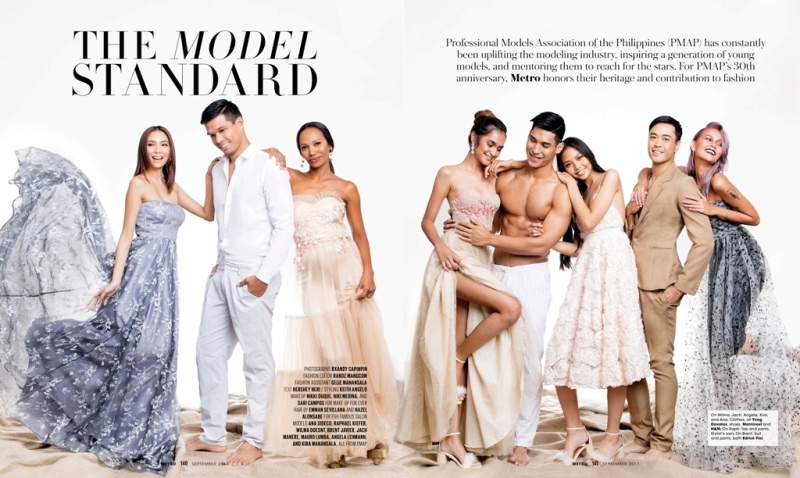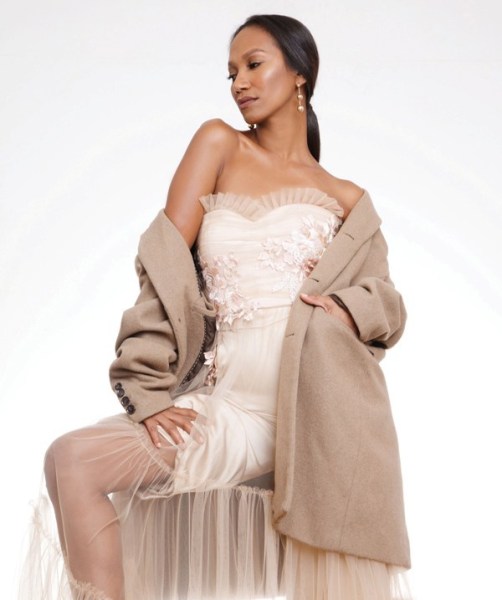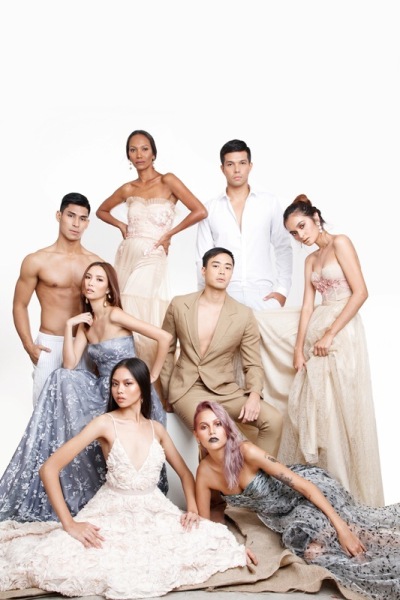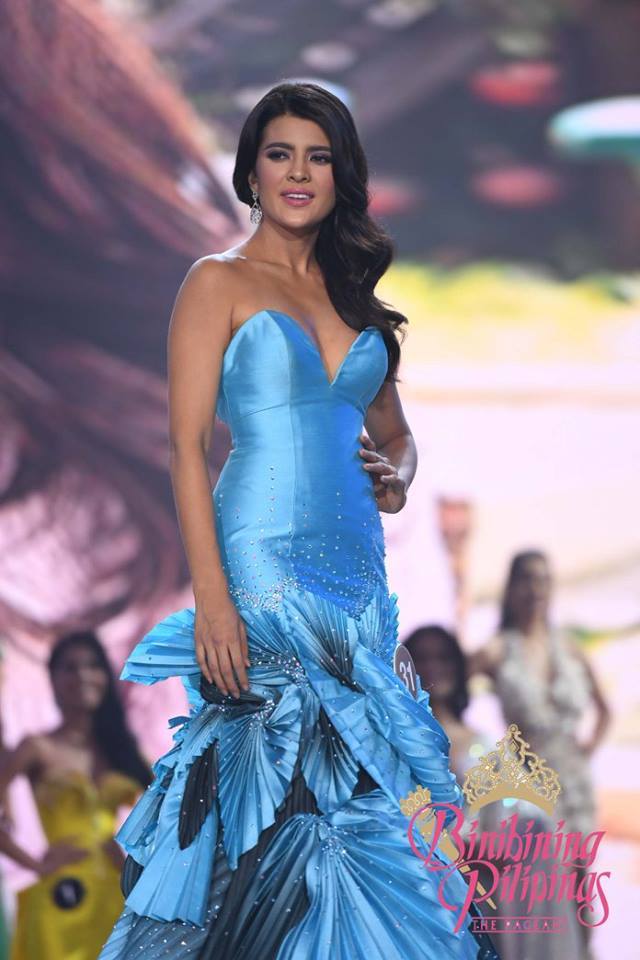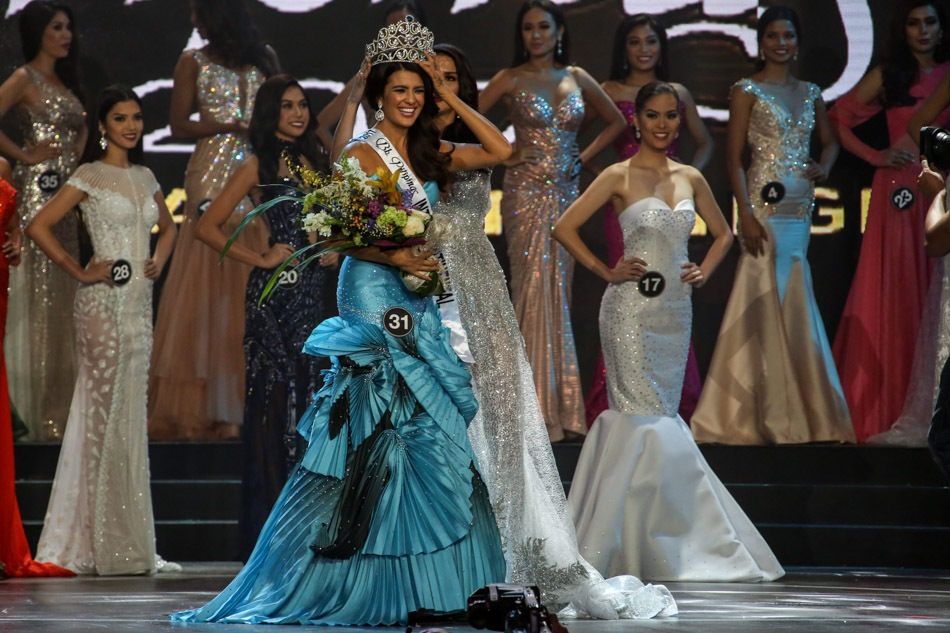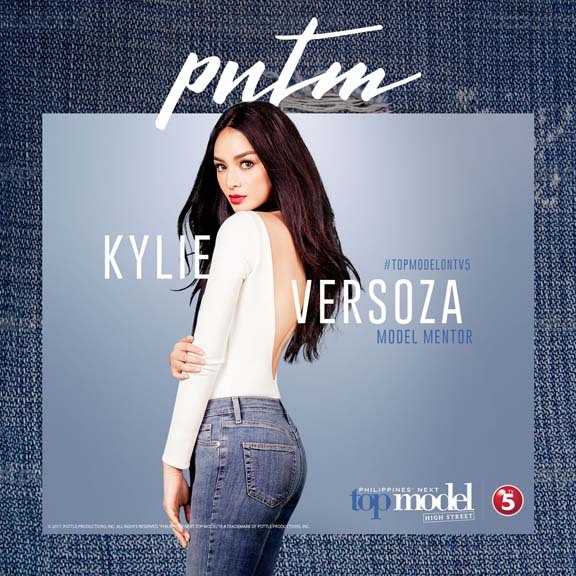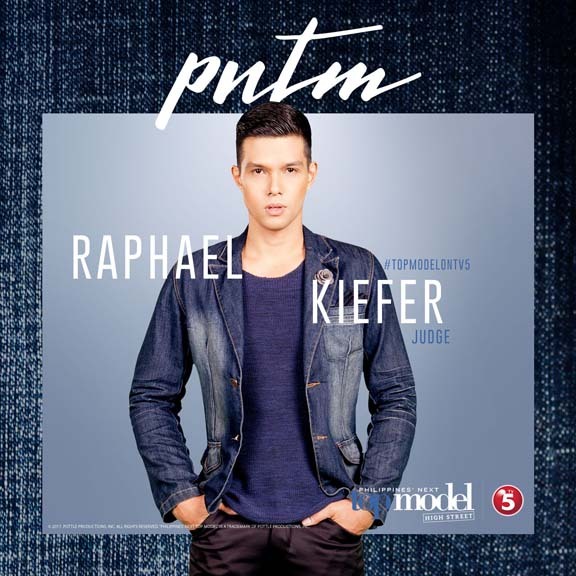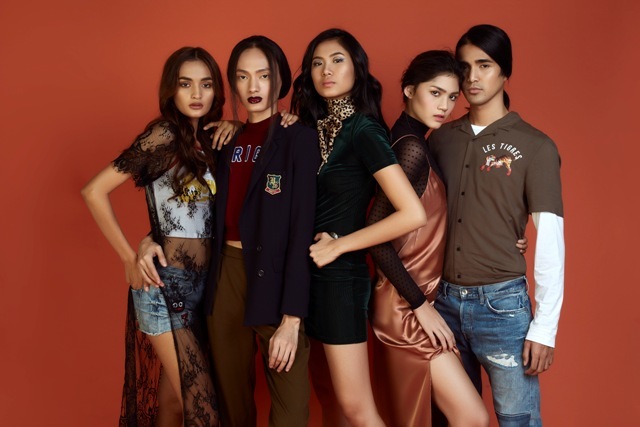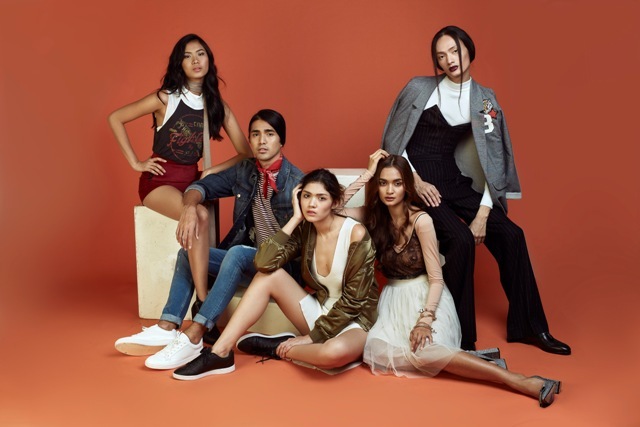In celebration of PMAP’s 30th year anniversary, PMAP collaborated with the top three fashion magazines to interpret PMAP’s mission-vision, which is “to uplift, protect and professionalize the modeling industry in the Philippines.”
*The article is directly lifted from Preview Magazine with full credits found below.
At a time when social-media superstars compete for top billing, 140-character messages and 24-hour stories get the word out, and technology disrupts traditions, 30-year-old organization Professional Models Association of the Philippines (PMAP) stays relevant by adapting and doing what it does excellently: uplift, protect, professionalize.
Back in 1987 when the local modeling scene was more a pastime for high society’s debutantes and an informal income source for those already working the ramp, print and commercial circuits, the top models of that time came together to form the Professional Models Association of the Philippines (PMAP). Top-billed by such iconic fashion figures as Tina Maristela-Ocampo, Suyen Chi, Izza Agana and Desiree Verdadero, the founding members of the by-invitation-only nonprofit organization lobbied for standardized rates and feasible work hours from designers, producers and directors in exchange for first-rate professional modeling services. Their goal? Make modeling an actual profession with rules and guidelines that protect its people.
One of PMAP’s earlier recruits and subsequent president in 1989, Tweetie de Leon-Gonzalez recalls a time when being part of the association meant belonging to modeling’s upper crust, what with the level of excellence that came with the above-average rates they fought for. “The biggest advantage was that you belonged to a select group of models. It was an honor to be invited to PMAP,” she reminisces. “Being selected to be part of the association meant that you met the criteria of being a bookable, bankable, credible, professional model.”
And bookable, bankable, credible and professional they were—and still are. Thirty years later at Summit’s Brixton studios and with Tweetie complying to a 7 a.m. call time, Apples Aberin powering through the monsoon and a case of the flu, Grace Molina flying home to Manila just for this shoot and Rissa Mananquil-Trillo managing to squeeze in time in between her cosmetic business and in-progress MBA, it was as if these ’nyoras never said goodbye. Together with Phoemela Baranda, Baba Parma and Angel Agustin, the seven former PMAP presidents—the female leaders in the prestigious roster, at least—came together for a reunion editorial celebrating the collective’s three decades.
THE OBJECTIVE
In an email interview, incumbent PMAP president Raphael Kiefer stresses that the objectives of PMAP have not changed in the last 30 years despite shifts in challenges: PMAP still aspires for a professional modeling industry that protects and uplifts the local model. “One would think that in 2017, we shouldn’t even be talking about professionalism anymore, but we are in an industry that keeps on changing and requiring updated guidelines.” He also stresses that PMAP is one of very few organized groups standing its ground against the issue of low talent fees and slow payment processes. “This determination is helping steady the ship, but we cannot deny that this unwillingness to compromise has tested the members and the association in many ways—including losing work to non-PMAP models who are willing to take a pay cut,” he states.
Rissa Mananquil-Trillo, the longest-serving PMAP president from 2003 to 2008, knows about this issue on compensation very well. “My position required me to address issues on work ethics, professional fees, working contracts,” she says. “I ensured that [our members] maintained professionalism at work and were protected from exploitation, provided with reasonable working hours and were well-compensated by implementing standard rates while fostering a good relationship among models, directors, clients and producers. She crusaded for the welfare of fellow models while she herself did not get paid for her efforts, as did the others before and after her, since PMAP is a nonprofit organization.
Still, she looks back at her five years at the helm with “her head held up high.” “My sense of wealth, pride and honor comes from the fact that I courageously and uncompromisingly stuck to the principles of professionalism and excellence in uplifting the modeling industry.”
Phoemela Baranda validates Rissa’s efforts and acknowledges the impact that Brazilian and other South American models continue to have in both professional fees and our everevolving notion of beauty. “It’s tough to compete with foreign models who are willing to be paid lower. I just wish there was a little more backup from the proper government offices as far as making their employment legal,” she laments—the situation still apparent today as in her term from 2010 to 2013. “As for looks, fashion is an industry more accepting of different skin and body types.”
“Fashion has a hand at changing perceptions and advocating progressive and compassionate concepts of beauty,” Grace Molina shares, harping on Phoemela’s thoughts. As PMAP president from 1998 to 2001, she was witness to the emergence of a new beauty agenda headlined by the likes of Wilma Doesnt, Jo Ann Bitagcol and Lucia Santiago. “I’m proud to say that PMAP has welcomed many models with differing looks, styles and personalities. We train them, instill discipline and professionalism and encourage each one to make a mark and show that beauty is not in the eye of the beholder, but is within each one.”
Grace also agrees that proper work documentation is a must for foreigners—and so is an open mind in the face of competition. “I prefer to think of the situation as a motivation for every model in the Philippines—Filipino or not—to become more professional and excellent at work. Globalization is a reality that all should accept and embrace. Filipino models should not ‘insulate’ themselves,” she insists.
Perhaps no one felt the birthing pains of globalization more than Baba Parma, who succeeded Grace in 2001. Her goals of wider reach and more visibility to designers, brands and producers were both challenged by tradition and technology. “That time, our members’ physical set cards either suffered from poor quality or did not give justice to their body of work; they did not address our need for reach. It was also then that we created the very first PMAP website where each member’s profile also worked as a far-reaching set card. We have our friends and supporters from the IT industry to thank for what was then a big achievement.”
INTO THE FUTURE
Technology is one of professional modeling’s biggest disruptors, says Raphael. “Instagram and Facebook are blurring the lines—and that’s both a good and bad thing. It’s good because models have a platform to share their work and gain a following, and bad because most anyone can be a model on social media. Needless to say, technology is something we continue to navigate.”
Angel Agustin, head from 2013 to 2015, welcomed social media with open arms by initiating the PMAP brand ID and social-media campaign #ModelsWithSubstance. The campaign showed its stakeholders and the internet that PMAP members are professional models and even more. “That campaign holds a lot of meaning,” Angel, also a finance professional, admits. “To show that PMAP models can pursue their passions, finish their education or grab other career opportunities meant a lot to me as president.”
It was also during Angel’s term that PMAP adapted to the times and changed their recruitment process. Raphael shares, “PMAP is becoming younger, with more models retiring earlier in recent years and giving way to a new generation.” Since then, PMAP’s focus has been to develop a new breed of models while at the same time continuing to hold their position in the industry as the association with the most top models.
This new breed, lovingly referred to by Raphael as “PMAP Babies,” are being taught to play the modeling game well—to be great in every capacity, be it on the runway, shoots and social media.
Raphael shares that the focus of PMAP’s new board is to develop these young, aspiring models and mold them into professionals who can compete in the international scene. “This may be the long and painful road,” he admits, “but we feel this is the best way to achieve our long-term goals. At the end of the day, we have to be able to offer the best so that we can ask for the best. And once our models become the best, they will be the ones setting the bar anew.”
The results have been favorable to the organization, beneficial to the model, and visible from where this writer stands: On the same day PMAP’s ’nyoras were asked to pose for posterity, the aforementioned babies—newbies, relatively—were given the opportunity to star on their own pages. It was history in the making: a proverbial passing of the torch, a friendly fashion face-off for the ages.
PMAP’s recent recruits were well-spoken and demonstrated both potential and professionalism in the presence of their predecessors. Hannah Locsin took time to credit the association for teaching her how to manage her career independently and demonstrate excellence—even when no one is watching. Lou Yanong, on the other hand, shares that her PMAP training has taught her to value the time of others and to “demonstrate respect to the people around me.” “Everyone—from the directors, photographers and creatives you work with, to the backstage assistants and the production team,” continues Lexa Aguirre.
Jeanine Tsoi shares, “Competition can get tough, but I’ve been taught [that putting] lots of love in what I do will make me stand out.” Gabbie Abesamis claims that curiosity and discipline will take her places. Alexis Sale agrees and adds, “And to finish my studies, of course.”
Earlier that day, when she was the first to come out of makeup, Tweetie de Leon-Gonzalez shared wisdom that these PMAP babies would have written in the tablet of their hearts. “Any delay [at a shoot] was never on the account of the PMAP model,” she said, recalling the strict work ethic that the organization ingrained in her as a new model. “Personally, because I was part of [PMAP], my standards are quite high—and rightly or wrongly, I expect the same level of professionalism from everyone else I work with.”
CREDITS:
PHOTOGRAPHED BY Paolo Pineda
STYLED BY Andre Chang
WORDS BY Owen C. Maddela
EDITED BY Jae De Veyra Pickrell
PRODUCED BY Andre Chang
ART DIRECTION BY Eugene David
MAKEUP BY Anthea Bueno, Anton Patdu and Gery Penaso for Laura Mercier
HAIR BY Mong Amado, Mark Rosales and Francis Guintu
Stylists Asssistants: Teresita Gabat and April Lozada
MODELS: Baba Parma, Tweetie De Leon, Phoemela Baranda, Apples Aberin, Grace Molina, Rissa Mananquil, Angel Agustin, Lou Yanong, Hannah Locsin, Jeanine Tsoi, Lexa Aguirre, Alexis Sale and Gabbie Abesamis
